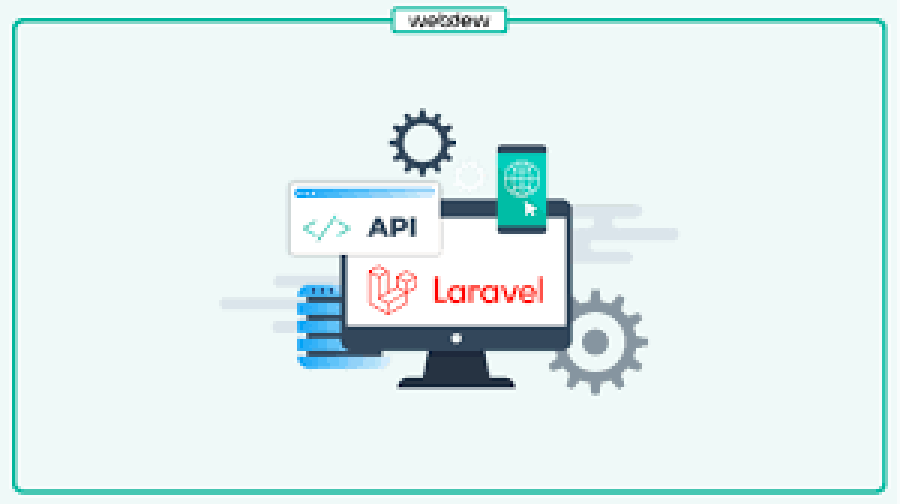Microservices Architecture: A Guide for Web Developers
In today’s rapidly evolving digital landscape, web applications are becoming more complex and dynamic. Traditional monolithic architectures are often difficult to scale and maintain, especially for modern developers working on high-performance applications. This is where microservices architecture comes into play. At FreelancerBridge, we aim to empower freelance web developers with practical, future-proof knowledge. In this guide, we’ll explore what microservices are, how they work, and why adopting this architecture can significantly enhance your web development projects in 2025 and beyond.
Long Description
🔍 What is Microservices Architecture?
Microservices architecture is a software development approach where a large application is broken down into smaller, independent services. Each service handles a specific function and communicates with others via APIs. Unlike monolithic systems, where all functions are tightly interwoven, microservices promote modularity, making development, deployment, and scaling much easier.
For example, in an eCommerce application:
One service handles user authentication
Another handles product listings
Another processes payments
Each of these microservices can be developed, deployed, and scaled independently.
💡 Benefits of Microservices for Web Developers
1. Modular Development
Microservices divide complex applications into smaller, manageable parts. This simplifies development and allows teams (or freelancers) to work on different modules without interfering with each other.
2. Independent Deployment
Each service can be updated or rolled back independently, reducing the risk of complete application downtime.
3. Technology Flexibility
Different services can be written in different programming languages or use different databases. This allows developers to choose the best tools for specific needs.
4. Scalability
You can scale only the services that need more resources, rather than scaling the entire application. This is especially cost-effective in cloud environments.
5. Improved Fault Isolation
If one service fails, it doesn’t bring down the entire system. This makes your web applications more robust and reliable.
6. Faster Time to Market
With independent teams (or freelancers) working on different services, development becomes faster, allowing quicker delivery of new features and updates.
🧩 Microservices vs Monolithic Architecture
Feature Monolithic Architecture Microservices Architecture
Codebase Single, large Multiple, smaller services
Scalability Scale whole app Scale individual services
Deployment All at once Individually
Fault Tolerance Low High
Maintenance Difficult Easier
Technology Stack Limited Flexible
As a freelance web developer, shifting from monolithic to microservices means a better control over app performance, versioning, and service delivery.
🛠️ Common Use Cases for Microservices in Web Development
E-commerce Platforms: Separate services for inventory, checkout, and user management
Social Media Apps: Microservices for notifications, user feeds, messaging
Online Learning Platforms: Independent services for courses, quizzes, progress tracking
Booking Systems: Separate handling for listings, bookings, and payments
SaaS Applications: Modular functions like user plans, billing, and analytics
🔗 Communication Between Microservices
Microservices communicate using lightweight protocols such as HTTP/REST or messaging queues like RabbitMQ or Apache Kafka. Each service exposes an API and interacts with others through these channels.
This inter-service communication ensures flexibility but also introduces complexity in terms of coordination and data consistency, something developers need to plan for carefully.
📦 How Microservices Help Freelance Developers Specifically
✔ Scalability on a Budget
Microservices let freelancers host and scale only what’s needed, saving cloud costs.
✔ Easier Maintenance
Fixing or updating a feature doesn’t involve touching the entire codebase.
✔ Reusability
Services can be reused across multiple projects, saving time on future development.
✔ Client Satisfaction
Clients prefer modular, modern solutions — offering microservices shows your professionalism and expertise.
🧠 Best Practices for Web Developers Using Microservices
Design Services Around Business Capabilities
Keep each microservice focused on a single, clearly defined function.
Use API Gateways
An API gateway manages requests, handles security, and improves communication between services.
Maintain Data Independence
Avoid sharing a single database across services. Each microservice should have its own data store.
Implement Robust Monitoring & Logging
Since many services are running independently, you need centralized monitoring tools.
Use Containers & Orchestration
Tools like Docker and Kubernetes make deploying and managing microservices efficient.
Focus on DevOps
CI/CD pipelines, automated testing, and version control are crucial in microservices development.
🔄 Microservices in 2025: A Freelance Developer’s Perspective
With businesses increasingly moving towards cloud-native, scalable, and agile applications, microservices are set to dominate modern software architecture. As a freelance web developer in 2025, learning microservices not only sharpens your backend skills but also enhances your market value.
Platforms like AWS, Azure, Google Cloud, and even Netlify and Vercel now support microservices-friendly environments, making it easier than ever to adopt this model, even as a solo developer.
📝 Conclusion
Microservices architecture is transforming the way web applications are built, deployed, and scaled. For freelance developers at freelancerbridge, adopting microservices is a smart strategy to stay ahead of the curve. From flexibility and scalability to fault tolerance and modular development, the advantages are clear.
Understanding and implementing microservices can take your freelancing services to the next level, helping you deliver robust, modern web solutions that meet the demands of today’s digital businesses.


 by Emily
by Emily




